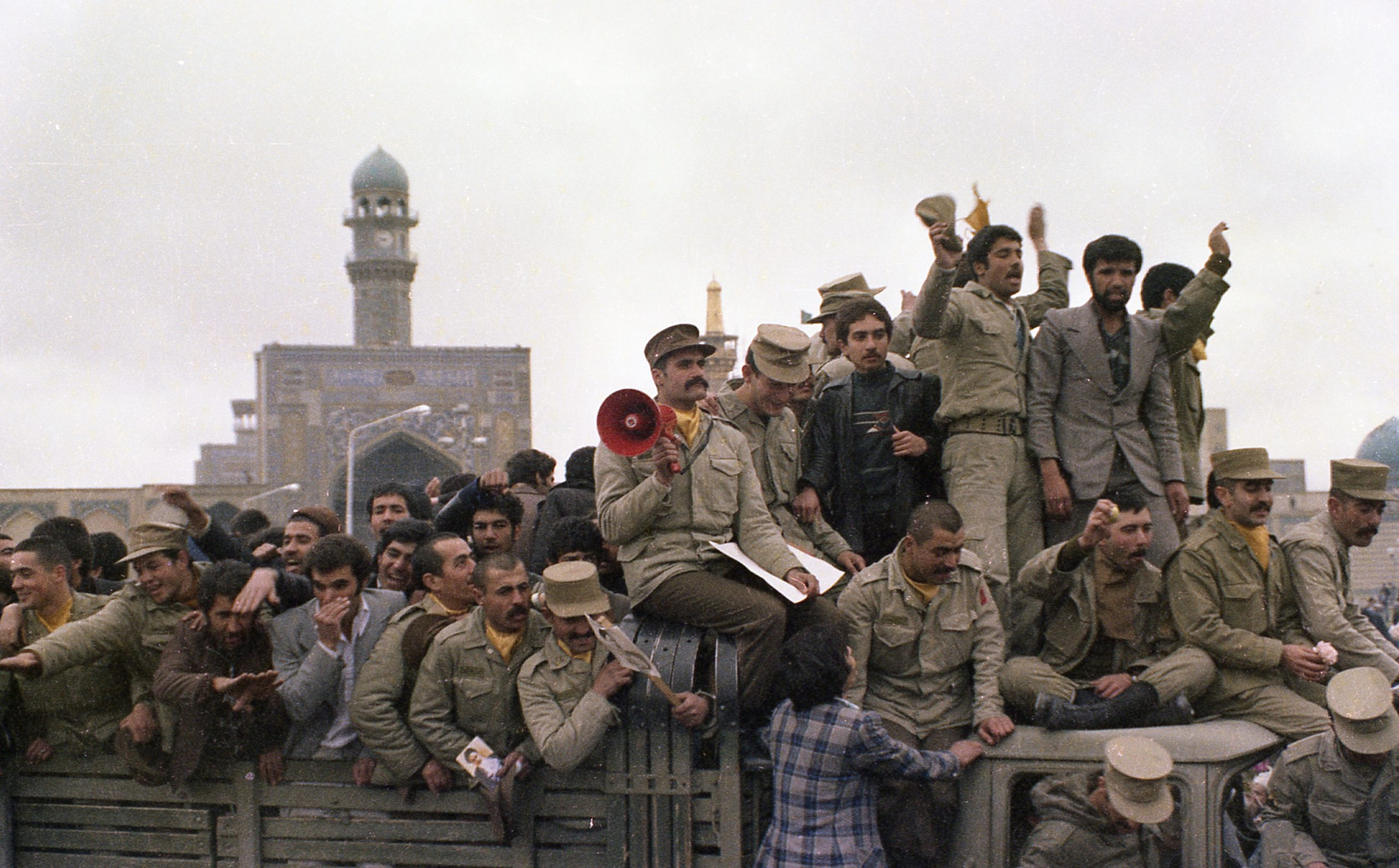When life sets us on our heels, it’s tempting to get overwhelmed, confused, or even defeated. Yet again and again, history reminds us that everyday people can rise to extraordinary heights amid crisis. One strong example lies in the first years of the Iran-Iraq war, when the regular army (Artesh) and the Iranian Air Force demonstrated to the world the strength of human endurance, even as the world around them appeared to be coming apart.

After the 1979 revolution, Iran’s military was in ruins. Picture a company where many of the veteran managers have been dismissed, incarcerated, or killed. The remaining personnel are confused, not knowing who they’re supposed to answer to and fighting to accomplish anything. That was where the military was. As authors Ali Dadpay and Sina Azodi summarized, “the breakdown of military discipline was staggering.” Even junior officers were forming their councils to run bases and implement dress codes. Morale was at an all-time low, and trust in command had effectively vanished.
And then Iraq struck. Perhaps it was the death blow to an army already on its hands and knees. But what happened was nothing short of a miracle. Even after months of turbulence, purges, and a collapsing chain of command, the Iranian Air Force responded almost immediately, with speed, focus, and purpose. Pilots demoted or sidelined overnight suddenly found themselves united around a single goal: to defend their country.
They are brimming with courage and camaraderie. Brigadier General Rouholdin Aboutalebi remembered speeding through the streets, dressing up in his flight boots and suit, and taking off on a combat mission just hours after the invasion was undertaken. Another general, General Namaki, said it best: “Everyone became united in defending our motherland.” There were no acts of obligation. There were instances when people laid aside fear, politics, and past grievances to defend something larger than themselves.
So what allowed that sort of cohesion? Some of it traced back to the rigorous training and discipline many of these men had undergone in the years leading up to it. Even in the absence of a functional chain of command, their routines—collaboration, planning, respect for one another—came into play. As one commander instructed his pilots before a pivotal airstrike, “We have been trained for this moment.” That feeling of preparedness, even amid chaos, proved the difference.
But maybe the most powerful force operating here was a common sense of mission. These guys were not fighting for a government. They were not fighting for medals. They were fighting for one another, their families, and the soil they called home. At one of the war’s darkest moments, Colonel Bahman Forghani dispatched all available planes to halt an enemy push, knowing the stakes couldn’t be higher. His airmen conducted hundreds of sorties on one day, giving everything to defend their own.
These moments teach us something valuable: when all around us is falling apart, the strongest thing we can do is gather together. It’s not about ideal circumstances or perfect leadership. It’s about common cause, faith in each other, and the audacity to show up when it matters.
That legacy still hangs over the heads of people. And who should be credited with what, and so on, is not the point. A more important lesson that resounds throughout all battles is this: in the darkest corners, unity and purpose may carry one through, whether in a war zone or through the daily battles which life hurls our way.
